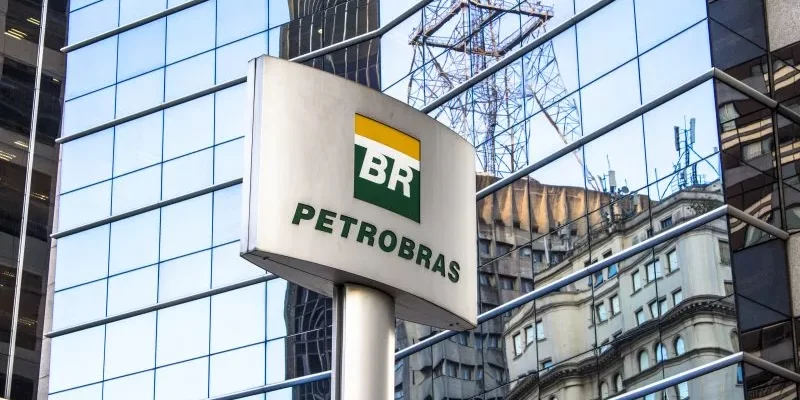Petrobras unveiled plans on Tuesday February 19th to launch the pilot phase of the Hisep project within four years, aiming to reinject carbon dioxide (CO2) extracted from oil fields underground.
Unlike traditional methods, Hisep conducts this process directly on the seabed rather than on the platform.
The pilot phase is scheduled to take place in the pre-salt Mero field located in the Santos Basin. Following successful laboratory tests, Petrobras will proceed with the assembly of underwater equipment required for gas separation and reinjection.
The total investment from the project’s inception in 2014 until the start of the pilot phase in mid-2028 could amount to $1.7 billion.
CO2, commonly associated with oil in underground reservoirs, is often released into the atmosphere during oil extraction.
Petrobras currently reinjects a portion of this gas underground, but the Hisep project aims to significantly increase the reinjection rate.
The technology involves liquefying CO2 using underwater equipment to increase pressure, enabling its safe reinjection underground to prevent atmospheric dispersion.
Petrobras President Jean Paul Prates emphasized the importance of decarbonizing oil operations as part of the energy transition, acknowledging the necessity of using hydrocarbons while mitigating their environmental impact.
Carlos Travassos, Petrobras’ Director of Engineering, Technology, and Innovation, highlighted potential cost savings and safety benefits associated with the Hisep project.
By relocating gas separation and injection operations to the seabed, the project could reduce platform weight and space by up to 65%, leading to significant cost reductions.
Additionally, the project could render currently uneconomical oil fields viable for extraction due to reduced CO2 reinjection costs, while also minimizing employee exposure to risks by relocating the process away from the platform’s plant.
![]()




